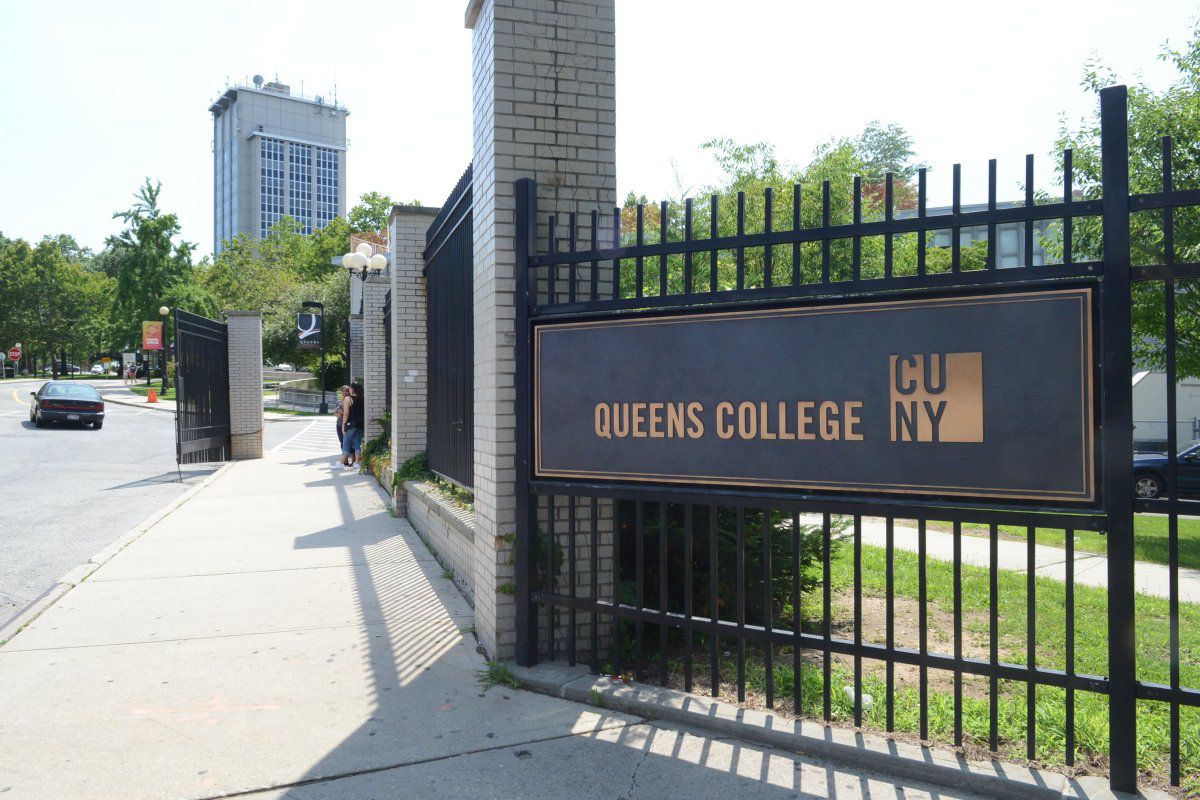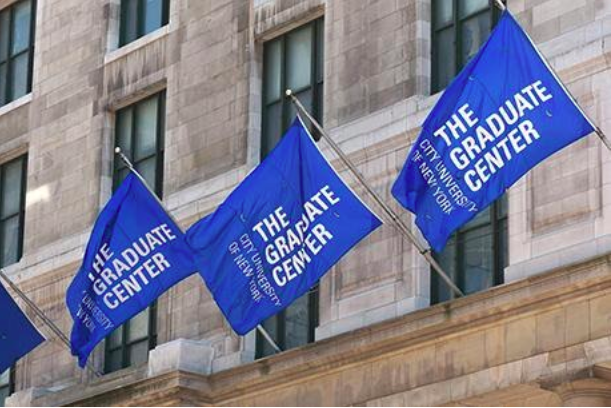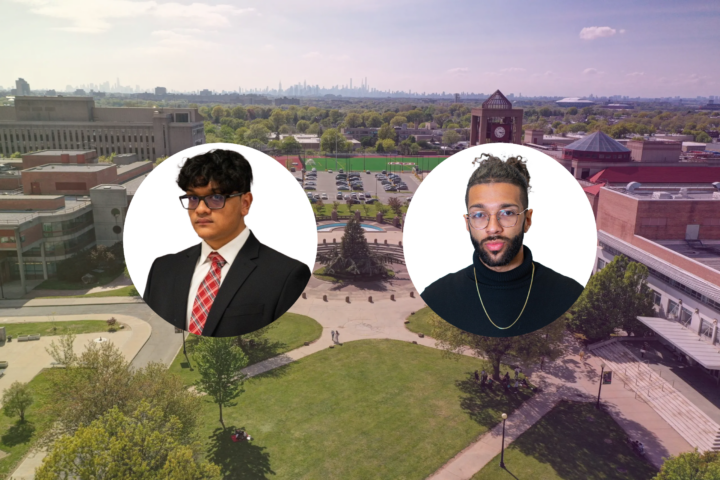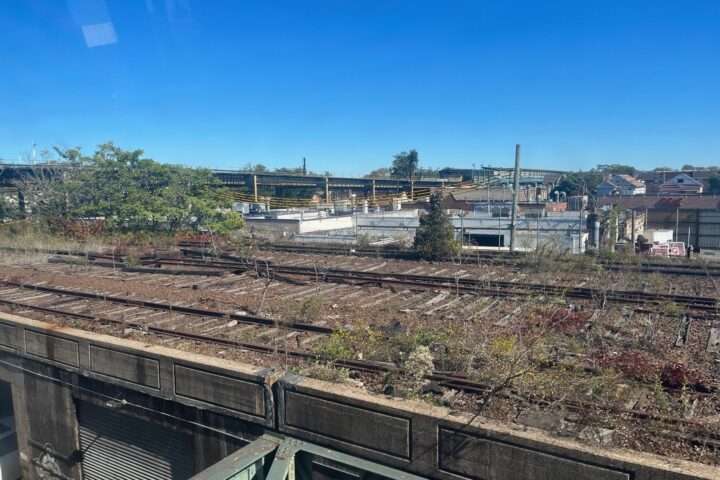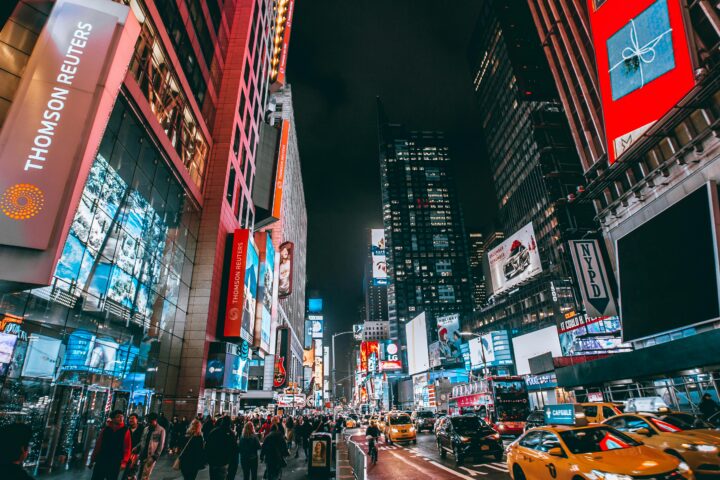It seems hard to believe that it was only a year ago when Hurricane Sandy hit, completely devastating the lives of millions of people and forever changing communities.
The QC community in particular suffered more than a fair share of difficulties.
Fitzgerald Gym served as an evacuation center for people from Queens who lost their homes or temporarily did not have electricity. The shelter provided people with food, clothes, toiletries and sleeping space.
The gym was closed on Nov. 18, 2012 and had housed up to 550 people over the course of 22 days.
According to the NYC Office of Emergency Management, QC was one of 76 shelters that had been set up in the five boroughs and one of 10 campuses used within the CUNY system.
Various volunteer efforts were put together by the students on campus to help the people living in the shelter including tutoring for children after school, donating food and supplies as well as entertainment events for the children living there.
QC even changed the location of certain facilities to cater to the evacuees. The gym was closed for three weeks. The One Stop center was moved from its original location in the Dining Hall to a section of the adjacent cafeteria. The One Stop space was temporarily utilized as a medical center for a weeklong period, but has now returned to its original state.
All classes were canceled from Oct. 29 through Nov. 1, commuting conditions were impossible due to 80mph winds as well as gas rationing and power outages barring almost all interactions.
Chukwudi Ononye, a junior and transfer student from Nigeria was shocked to see the destruction Sandy caused to his home in Far Rockaway.
“I didn’t have light or heat for weeks, the boiler was damaged, the heater was condemned and mold was four feet high,” Ononye said.
Despite all the hardships faced due to Hurricane Sandy, it may be safe to say that the worst of the worst is over.
“We’ve recovered from the damages,” Ononye said.
According to the Cable News Network (CNN), since Hurricane Sandy ended, “Con Edison has restored power to 910,000 customers.” The Metropolitan Transportation Authority (MTA) resumed subway lines, bus routes and commuter rail services. People are no longer restricted to only taking one gallon of gas per visit and the long lines at the pump have decreased dramatically.
“I never expected Sandy to be as bad as it was,” senior Jasmine Thompson said.
Environmental Science professors, Nicholas Coch and Stephen Pekar believe there are many factors that contributed to the intensity of Hurricane Sandy.
“Sandy was an unusual event because there were three factors colliding together to contribute to Sandy’s severity: a powerful hurricane with energy and moisture from above-normal sea surface temperatures in the Atlantic Ocean, an unusual dip in the jet stream steering the storm from east to west and lunar tides that raised the sea level several feet along the east coast,” said Pekar in a previous interview.
Pekar also mentions how global warming heightened the affects of the hurricane. “Global warming has contributed to abnormally warm water and higher moisture content in the atmosphere, which acts as the fuel for storms,” he said.
Despite difficulties, New Yorkers helped each other recuperate from the storm. Ononye was surprised by the outpour of hospitality.
“As a new immigrant into the country, I was personally amazed at the level of help and support that was made by different charity organizations,” Ononye said. “They still kept on coming even after we had recovered a little from the effects.”







